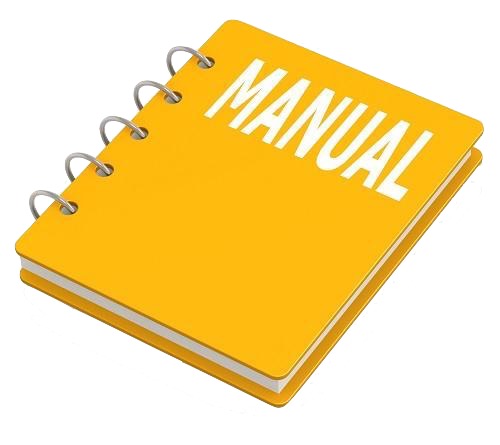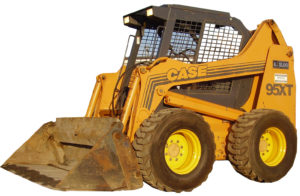INSTANT DOWNLOAD (add to cart)
Complete digital official shop manual contains service, maintenance, and troubleshooting information for the Case 85XT, 90XT, 95XT Skid Steers. Diagnostic and repair procedures are covered in great detail to repair, maintain, rebuild, refurbish or restore your Skid Steers like a professional mechanic in local service/repair workshop. This cost-effective quality manual is 100% complete and intact as should be without any missing pages. It is the same factory shop manual used by dealers that guaranteed to be fully functional to save your precious time.
This manual for Case 85XT, 90XT, 95XT Skid Steers is divided into different sections. Each section covers a specific component or system and, in addition to the standard service procedures, includes disassembling, inspecting, and assembling instructions. A table of contents is placed at the beginning of each section. Pages are easily found by category, and each page is expandable for great detail. It is in the cross-platform PDF document format so that it works like a charm on all kinds of devices. You do not need to be skilled with a computer to use the manual.
1,436 pages, bookmarked, Searchable, Printable, high quality PDF
7-52254 – 85XT, 90XT, 95XT Skid Steers Service Manual.pdf;
EXCERPT:
HYDRAULIC COMPONENTS
Components Defined
Reservoir – Located in the left rear of chassis.
Pressurized to 34.5 kpa (5 psi), with a -3.5 kpa (- 0.5 psi) vacuum breaker. A 100 mesh suction screen is located near the bottom of the reservoir to supply filtered oil to the hydraulic gear pump.
Hydraulic gear pump – Supplies flow to charge the hydrostatic tandem pump assembly and operate the hydraulic system.
Constant pressure priority valve – Integrated with the hydraulic gear pump to provide priority oil
flow to charge the hydrostatic tandem pump assembly, with remaining flow supplying the hydraulic system.
Loader control valve – Is a three spool valve controlling the loader, bucket and auxiliary circuits.
The main relief valve is also par t of the valve assembly.
Bucket cylinders – Used to control the movement of the bucket with cushioning employed at the rod end of the cylinder.
Loader lift cylinders – Used to raise and lower the loader frame with cushioning employed at the base end of the cylinder.
Auxiliary disconnects -Located on the left loader frame for the purpose of auxiliary hydraulic power to attachments.
Return filter – Provides 2 Micron filtration for return oil from the hydraulic system.
Charge filter – Filters charge oil prior to entering the hydrostatic tandem pump assembly. Provides 2 Micron filtration.
Oil cooler – Cools hydraulic system return oil and hydrostatic drains.
Self Leveling Valve – Used to maintain a level bucket position as the loader frame is raised.
Reservoir
The hydraulic system begins at the reservoir located in the left rear frame. The reservoir has a capacity of 66.2 litres (17.5 U.S. gallons) and is pressurized to 34.5 kPa (5 psi) . Pressure is controlled by the relief in the reservoir cap. A vacuum breaker is also employed in the cap to open at -3.5 kPa, (-0.5 psi) allowing air to enter the reservoir. A 100 mesh strainer is located in the outlet port of the reservoir to assure that contamination larger than 150 Microns does not enter the inlet of the hydraulic gear pump. The strainer can be removed for cleaning.
Hydraulic Pump/Priority Valve
A Sauer/Sundstrand gear pump, supplies oil for the hydraulic and hydrostatic systems. Pump flow enters an integral priority flow divider, sending priority flow 18.0 litres/min. (4.8 gpm) to the charge port, supplying charge oil to the closed-loop of the hydrostatic system. Remaining pump flow is diverted to the equipment port for use in the hydraulic system, for loader, bucket, auxiliary and power beyond circuits. Return oil from the hydraulic system passes through the filter and cooler before returning to the reservoir.
The hydraulic pump is mounted to and driven by hydrostatic tandem pump. The hydrostatic tandem pump is directly coupled to the engine and driven from the flywheel end.

